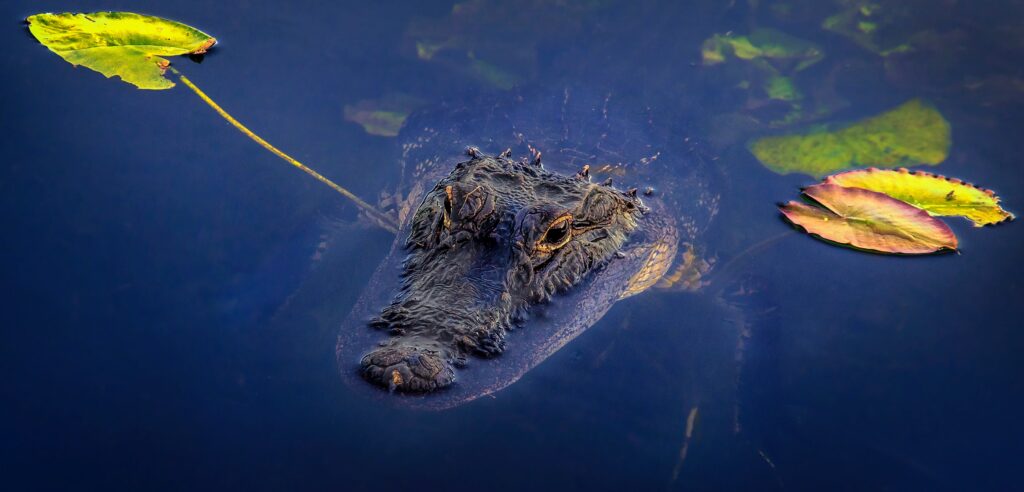
For thousands of years, the lands that we now know as Everglades National Park existed as a complex and fragile biome – one that formed the heart of South Florida. Water flowed openly and unobstructed from the Kissimmee River to Lake Okeechobee and continued forward into Biscayne Bay, The Ten Thousand Islands, and the Florida Bay. This intricate balance between rivers, marshes, and forest lands created a grand ecosystem of unique animal and plant species. People inhabited these ancient lands for millennia, slowly acclimating their cultures and societies to the wet environments that reigned. In time, the native peoples developed into three distinct groups and named themselves after the bodies of water that they settled by: the Okeechobee, the Caloosahatchee, and the Glades.
The natives were one with the natural order of the Everglades region, and the landscaped remained unchanged for eons. However, early colonial settlers and developers stumbled on the tropical lands and saw it as an endless fortune waiting to be collected. By the early 1900s, these settlers were already deep in the process of draining the wetlands and intended to build communities, towns, and farmland for their own.
The ongoing drainage severely damaged the prehistoric and sensitive ecosystem. The settlers continued their developments and further dried out wetlands, unaware of the irreversible damage being caused to the biome. By the 1920s, many early scientists, explorers, and conservationists had traveled to the region and experienced the magnificence of the Everglades. Soon, these academics collectives galvanized and began demanding that the tropical lands be protected by US law – and to prevent further deterioration to the land, plants, and animals.

In 1928, a Miami land developer called Ernest F. Coe formally pitched the idea of an Everglades national park to the masses. He established the Everglades Tropical National Park Association and lobbied politicians to proclaim the Everglades region as protected federal land. After much convincing, the national park initiative gained enough support, and in 1934, Congress declared the Florida ecosystem a national park. On this day, Everglades National Park was born.
However, there were many more difficulties in the midst. Because of land shortcomings, it was arduous to obtain additional protected acres for the park. It would take another 13 years for the park to be established; on December 6th, 1947, Everglades National Park was formalized. For the first time in its timeless existence, Everglades’s green marshes, dense mangroves, tropical forests, and primordial swamps became federally protected.
One month before the dedication to the park, in November 1947, a past editor from the Miami Herald named Marjory Stoneman Douglas released her now-famous book “The Everglades: River of Grass”. In it, Douglas detailed her five-year exploration of the region and described the history and ecology of South Florida in astounding detail. She visualized eloquently the Everglades not as a sedentary, stagnant swamp, but as an ever-flowing river. Douglas’s tellings of the Everglades signaled a new chapter for the biome. There began an ongoing journey to protect, guard, and support the Everglades, in the hopes that, after centuries of abuse by urban development and drainage, these perennial marshes can live on. Purifying Florida’s water and air. Providing a home for thousands of unique animal and plant species. And persisting the challenges of time.

In Gray Line Miami, we offer many incredible nature tours to explore the rich lands of the Everglades! Explore these ancient rivers on a guided airboat tour, perhaps explore the many animal sanctuaries that reside in the park, or delight in a nighttime alligator safari. The fun is boundless! Don’t wait – book your own Everglades adventure today!